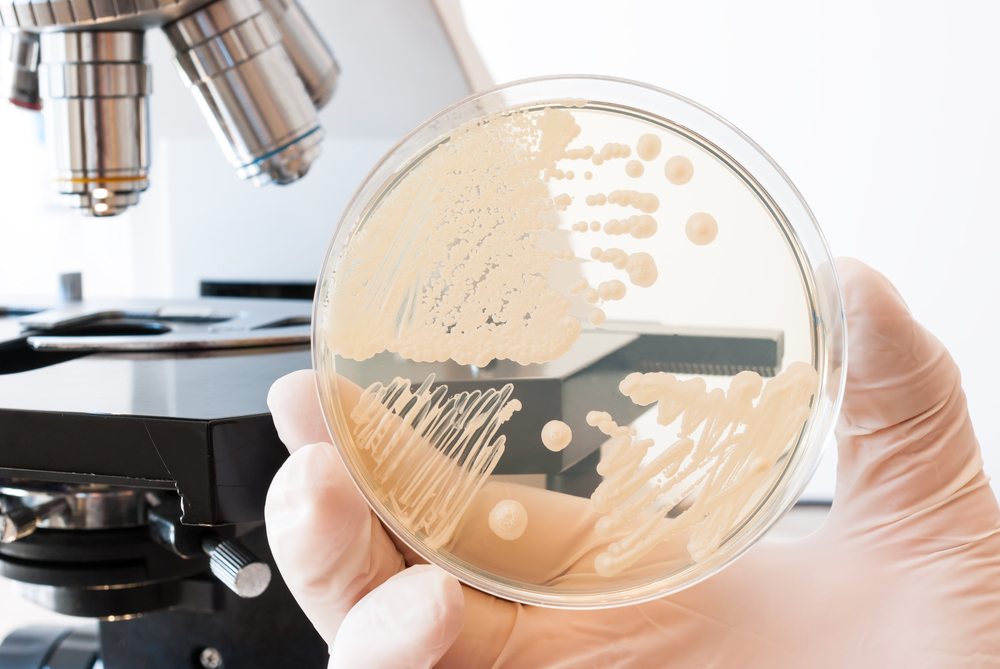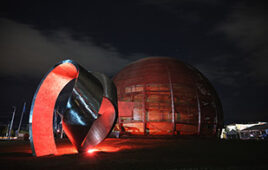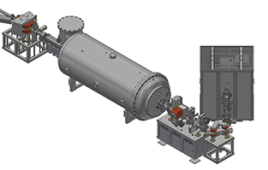
Caption: Researchers have created a self-sustaining bacteria fuel cell that can potentially be a new energy harvesting technique.
Self-sustaining bacteria fuel cells could replace oil, coal or even solar as the energy of the future.
Researchers at Binghamton University have developed the next step in microbial fuel cells, with the first micro-scale self-sustaining cell. The cell generated power for 13 straight days through symbiotic interactions of two different types of bacteria.
“This concept of creating electricity through synergistic cooperation is not new,” said study co-author, Seokheun Choi, a Binghamton University Electrical and Computer Science assistant professor, in a statement. “However, much of this work is still in its nascent stages. The evolution of this technology will require additional exploration, but we, for the first time, realized this conceptual idea in a micro-scale device.”
Researchers placed a mixed culture of phototrophic and heterotrophic bacteria in a cell chamber about one-fifth the size of a teaspoon. Phototrophic bacteria use sunlight, carbon dioxide and water to make its own energy, while heterotrophic bacteria must feed on provided organic matter or phototrophic bacteria to survive.
While the cell was exposed to sunlight, an initial dose of food was added to the chamber to stimulate growth of the heterotrophic bacteria. Through cellular respiration, the heterotrophic bacteria produced carbon dioxide waste that was used by the phototrophic bacteria to kick start the symbiotic cycle.
After the cycle was established the researchers stopped adding additional food sources for the heterotrophic bacteria and there were enough phototrophic bacteria to sustain the metabolic processes of the heterotrophic bacteria.
Those metabolic processes generated an electrical current of 8 microamps per square centimeter of cell for nearly two weeks. The power was about 70 times greater than current produced by phototrophic bacteria alone.
“Heterotrophic bacteria-based fuel cells generate higher power, while photosynthetic microbial fuel cells provide self-sustainability,” Choi said. “This is the best of both worlds, thus far.”
The research is considered an early step in the development of bacteria-generated power. The miniature size of the cells allows for a short start-up time and small electrical resistances to overcome.
At this time, the cells cannot generate a large amount of power, so they would most likely be used to provide power in remote or dangerous locations for low-power items like health monitors and infrastructure diagnostic sensors.
“There are some challenges of using this technique,” Choi said. “Balancing both microorganisms’ growth to maximize the device performance and the need to make sure that this closed system will permanently generate power without additional maintenance are two we have found. Long-term experiments are needed.”
The study was published in Science Direct.




